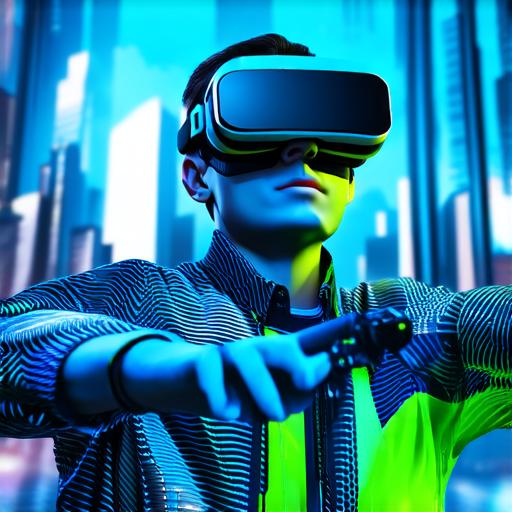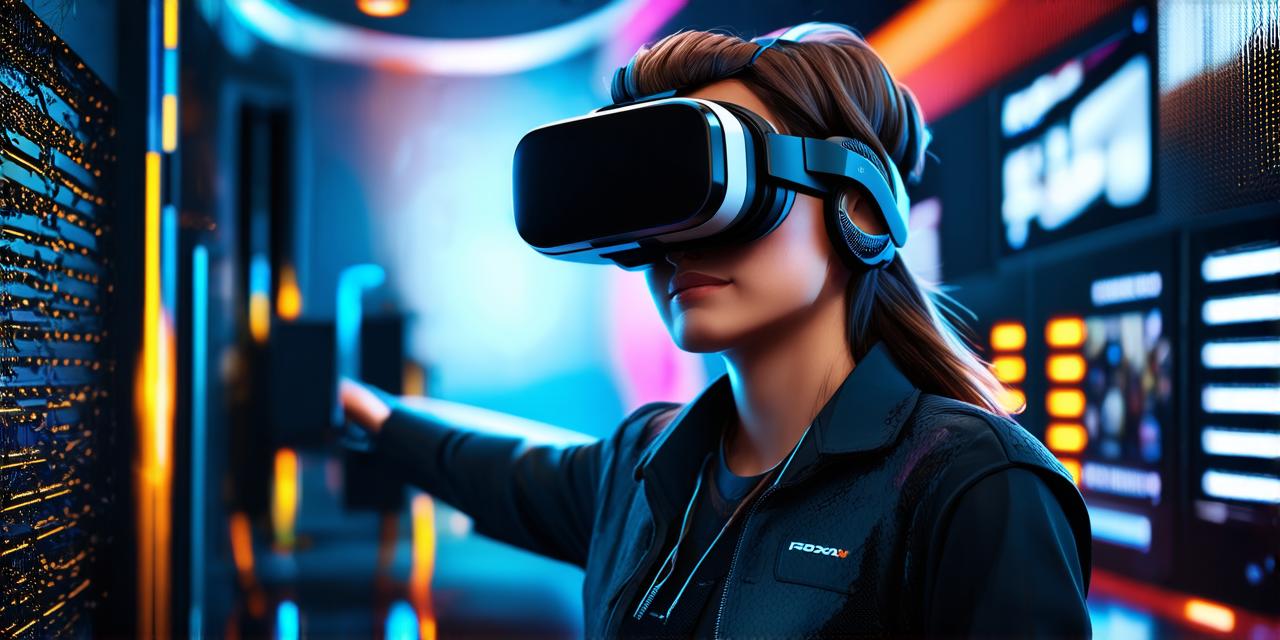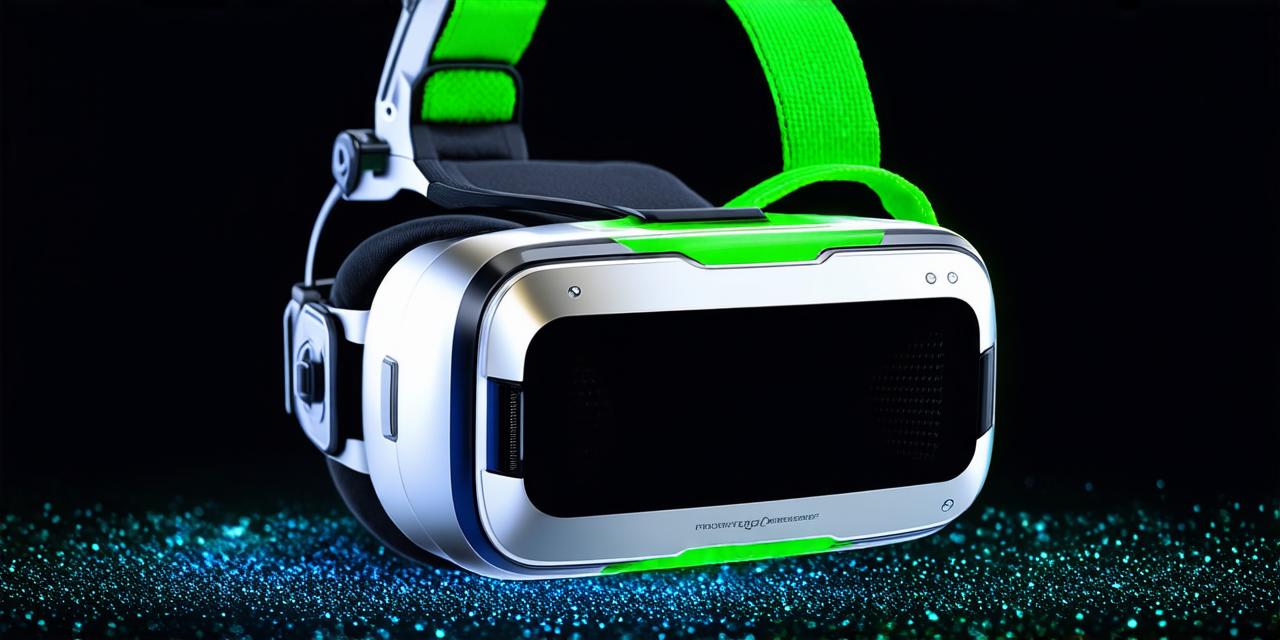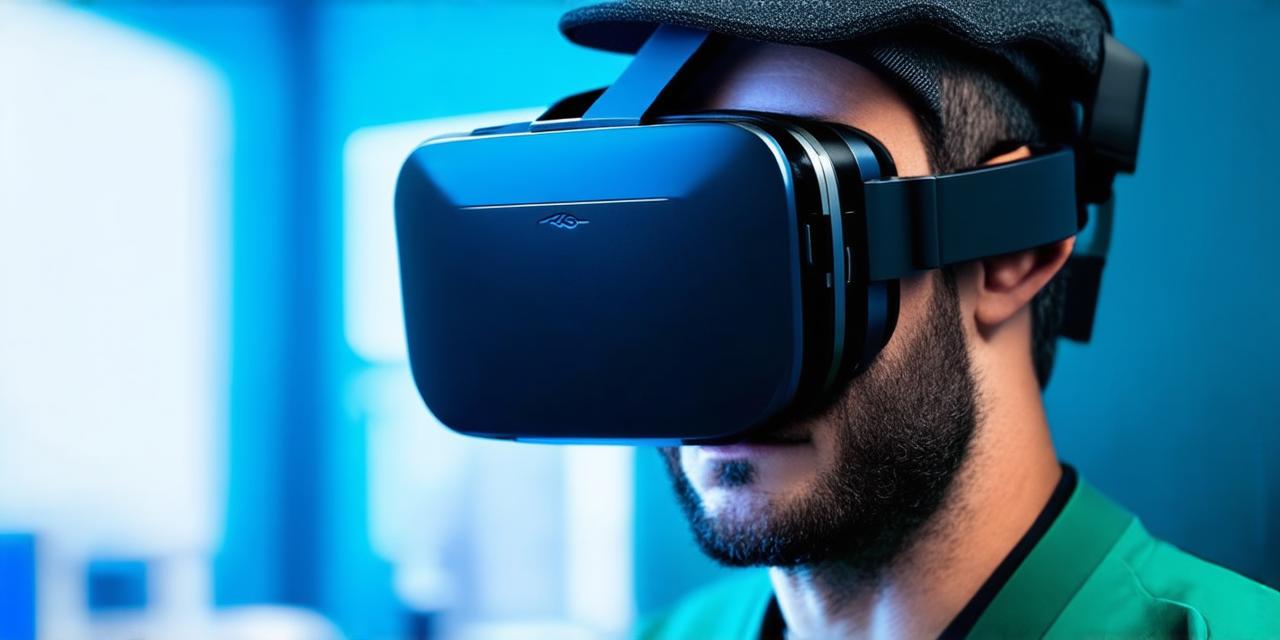
What is True Virtual Reality?
True virtual reality, also known as fully immersive VR, is a technology that allows users to completely immerse themselves in a digital environment. This means that the user’s senses are fooled into thinking they are experiencing a real-world environment, rather than a simulated one. In order to achieve true virtual reality, developers need to create highly realistic visual and audio experiences that interact with the user in real-time.
The Evolution of VR Technology
Over the past few years, we’ve seen significant advancements in VR hardware and software. One of the biggest breakthroughs has been the development of wireless VR headsets like the Oculus Quest 2. These headsets are lightweight and easy to use, making them a popular choice for gamers and early adopters of VR technology.
Another important development has been in haptic feedback technology. Haptic feedback allows users to feel sensations in their virtual environment, such as the weight of an object or the texture of a surface. This has made VR experiences more immersive and realistic.
Despite these advancements, we are still far from achieving true virtual reality. One of the biggest challenges is creating highly realistic visual and audio experiences that interact with the user in real-time. In order to achieve this level of immersion, developers need to overcome significant technical challenges related to rendering graphics, processing sound, and tracking user movements.
The Future of VR Technology
Despite these challenges, there’s no doubt that virtual reality technology will continue to advance in the coming years. One area where we’re likely to see significant progress is in the development of more advanced haptic feedback systems. These systems will allow users to feel even more realistic sensations in their virtual environment, making the experience even more immersive.
Another area where we’re likely to see progress is in the development of more advanced VR hardware. This could include new headsets with higher resolution displays and better tracking capabilities, as well as new controllers that allow users to interact with their virtual environment more intuitively.
Finally, we’re also likely to see advances in AI and machine learning technology that will make VR experiences more intelligent and responsive. This could include virtual assistants that can help users navigate their virtual environment, as well as more advanced AI systems that can adapt to the user’s preferences and behavior.
Summary
In conclusion, we are still far from achieving true virtual reality, but there’s no doubt that we’re making significant progress in this area. With continued advances in VR hardware and software, as well as new developments in haptic feedback, AI, and machine learning, we can expect to see even more immersive and realistic VR experiences in the future.




